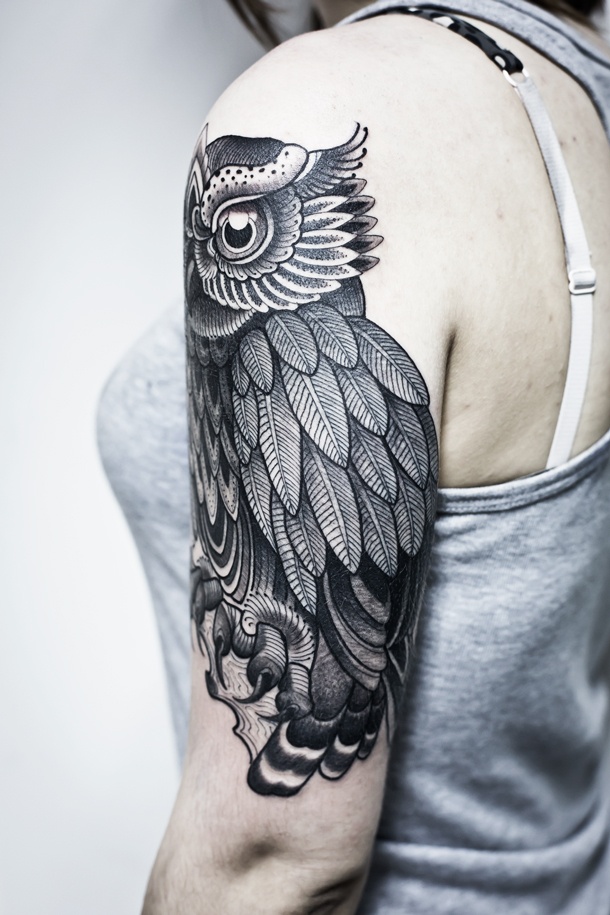Who invented tattoo machine

Tattoos have long been a part of human culture, a form of self-expression that dates back thousands of years. But have you ever wondered how the modern tattoo machine came into existence? It’s easy to take for granted the incredible technology that allows for the precise, colorful, and intricate designs we see today. The journey to the modern tattoo machine was filled with innovation, inspired by unexpected sources, and driven by individuals who changed the art of tattooing forever.
We’ll explore how a surprising figure – Thomas Edison – played a role in the development of the modern tattoo machine, and how a New York-based tattoo artist, Samuel O’Reilly, transformed Edison’s invention into the world’s first patented tattoo machine.
We’ll also examine the evolution of tattoo machines, from rotary to coil, and how modern technology has shaped the art of tattooing. Join us as we journey through the fascinating history of the tattoo machine, uncovering the stories and innovations that have shaped the world of tattooing as we know it today. So, are you ready to explore the ink-spiring story of the tattoo gun?
Thomas Edison’s Stenciling Pen
Thomas Edison is known for his remarkable contributions to the world of innovation, with inventions like the light bulb and phonograph. But one lesser-known invention of his played a crucial role in the development of the modern tattoo machine: the Stenciling Pen. Edison designed the pen in 1876, intending it for the purpose of creating multiple copies of documents. It was an early ancestor of the mimeograph and was seen as an important tool for office workers.
The Stenciling Pen worked by using a small motor to move a needle up and down at high speed. The needle would puncture the paper, creating a stencil that could then be used to make copies of the original document. Interestingly, the pen had a striking resemblance to the basic concept of a tattoo machine. However, Edison never intended his invention to be used for tattooing, as its purpose was solely for the replication of written documents.
Samuel O’Reilly and the First Tattoo Machine
Samuel O’Reilly, who was based in New York City, was known for his innovative approach to tattooing. He recognized that Edison’s device had all the makings of an efficient tattoo machine, as it already used a motorized needle that could puncture the skin in a similar way it did paper.
In 1891, O’Reilly patented his version of the tattoo machine, which was directly inspired by Edison’s Stenciling Pen. He made some modifications, adding an ink reservoir and adapting the machine to handle multiple needles for tattooing purposes. O’Reilly’s invention marked the first-ever patented tattoo machine and revolutionized the world of tattooing.
O’Reilly’s machine made the tattooing process much faster and less painful than the traditional hand-poked methods used at the time. The electrically powered machine could drive needles into the skin at a rapid speed, allowing for more intricate and detailed designs to be created with ease. As a result, O’Reilly’s tattoo parlor in New York City became immensely popular, attracting clients from all walks of life.
This transformation from Edison’s Stenciling Pen to O’Reilly’s tattoo machine is a perfect example of how one invention can inspire and lead to another, completely different application. It showcases the ingenuity and creativity of inventors like O’Reilly, who took an existing idea and adapted it to meet a new and unique need. The invention of the tattoo machine forever changed the art of tattooing, making it more accessible and allowing for the creation of the stunning designs we see today.
How did the tattoo machine develop further?
- 1929 – Single Coil Machine
Percy Waters introduces the single coil machine. It is simpler and more compact than O’Reilly’s original machine.
- 1970s – Rotary Machines
Carson Tebay introduces a rotary machine design that uses an electric motor to drive the needles. It is quieter and more reliable than coil machines.
- 1980s – Pneumatic Tattoo Machines
Carson Hill develops a machine that uses compressed air to drive the needles, making it very lightweight and easy to handle.
- 1990s – Digital Tattoo Machines
With advancements in technology, digital tattoo machines emerge. These machines allow artists to control needle speed and depth more precisely.
- 2000s – Hybrid Tattoo Machines
-
- Hybrid machines that combine the best features of rotary and coil machines become popular, offering more versatility to tattoo artists.
- 2010s – Wireless Tattoo Machines
Wireless tattoo machines are introduced, giving artists more freedom and flexibility while working.
- 2020s – Smart Tattoo Machines
The integration of smart technology in tattoo machines allows artists to control settings through apps, providing even more customization options.
Conclusion
Today’s tattoo machines are the result of more than a century of evolution, innovation, and refinement. They have come a long way from the original designs of the late 19th century, becoming more efficient, precise, and versatile. These advances have allowed tattoo artists to create increasingly intricate and detailed designs, pushing the boundaries of what’s possible in the world of tattoo art.
 Tagged:
the tattoo gun
Tagged:
the tattoo gun











